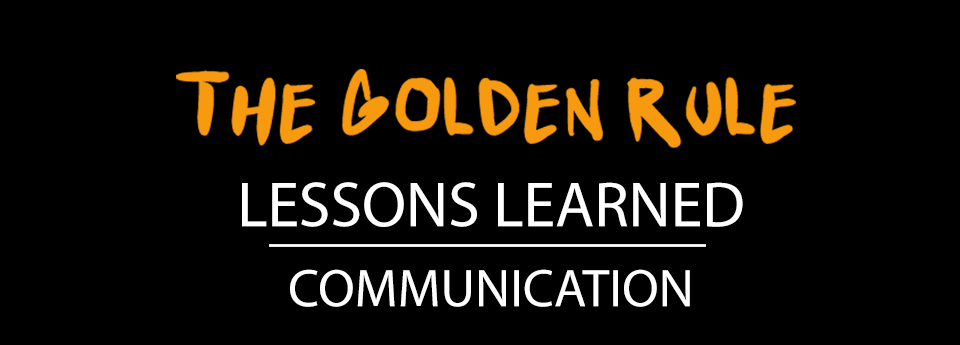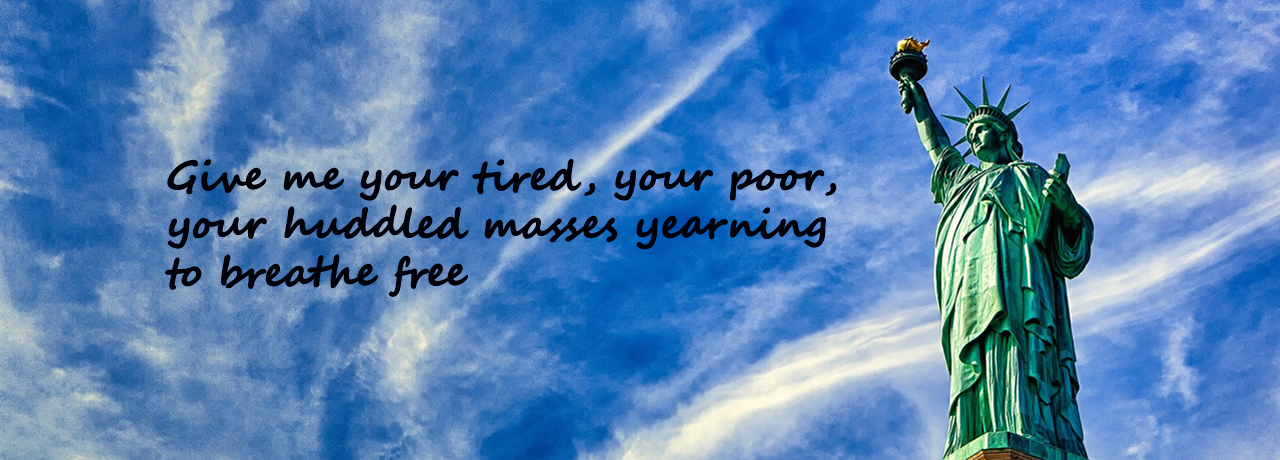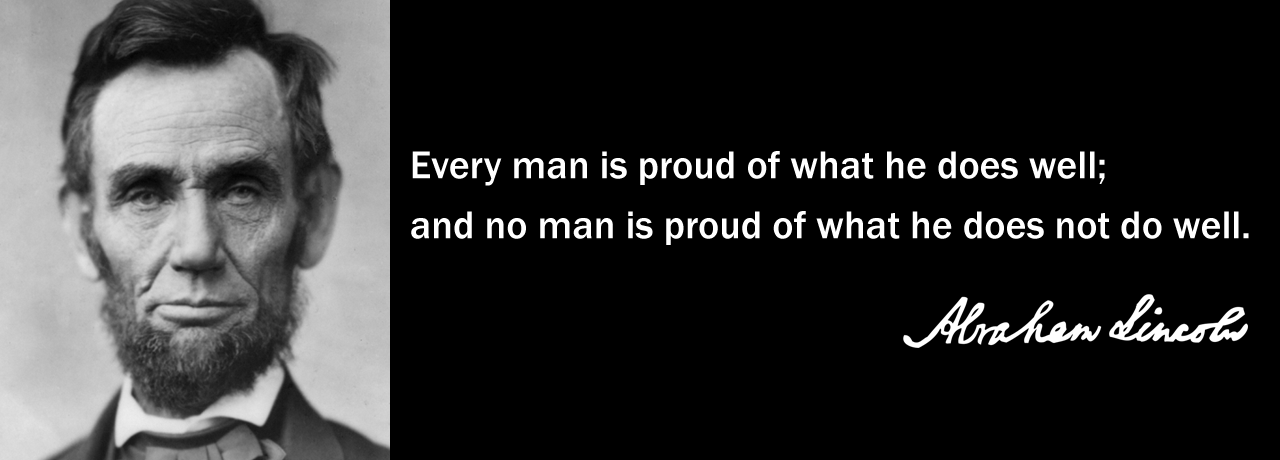Our sweet old girl passed away on Wednesday, September 24th. It was a tough one. I wasn’t ready. I should have been, but I wasn’t. Even now, over two months later, I’m getting emotional writing this.
I found Lady literally in the middle of the street 13.5 years ago. I was walking Charley (see my other post about our beautiful Springer girl) near my home. It’s an odd street, split by a bus lane so one side is eastbound and the other is westbound, essentially two one-way streets. I was walking against traffic when I noticed that the cars coming towards me were moving very slowly led by a decent-sized pickup truck. I looked down and this small brown dog was trotting down the middle of the street. She looked lost and scared, so I knelt down and called to her. She came right over and jumped into my arms. She had a collar, but no tag.
I carried her home, put Charley inside, and used Charley’s leash to walk her around the neighborhood looking for her owner. A kid on a bike told me that he thought she might have followed him from another neighborhood, so we went there as well. No one claimed her or even recognized her. After about an hour, I took her to our vet. No chip and the vet thought she was a little malnourished, so she had probably been out for a few days. He estimated she was a year or two old. I went to the two animal shelters near me and put her details and picture, and my contact info, in binders where lost dogs could be registered. Nobody ever reached out, so I kept her and named her Lady because of her dainty and elegant bearing.
She was a sweetheart from day one. Snuggled up with Charley, who was so gentle and kind to this strange dog who invaded her home. I came home from work the first day after I found her and discovered giant holes dug all along my backyard fence. They were so big, I immediately thought Charley had dug them, even though she had never done anything like that before, but it was Lady. Turns out, she was a digger, escape artist, and runner, explaining what had happened with her previous owner. We never had her genetically tested, but it was clear there was a lot of Dachshund in her, as well as Pomeranian.
Good thing I both tagged and chipped her, because numerous times over the next few years I had to leave work to pick her up after receiving a call from some kind soul when she found a new spot to dig out of the yard or someone left the gate open or just unlatched.
One time, I came home and she was nowhere to be found. I eventually discovered a small hole she had dug to our neighbor’s yard, went over there and when he opened the door, there she was, acting like she lived there.

She was terrified of fireworks. We had to crank up the volume on some action movie to try to mask the sounds, but even then, when some @$$hole set off an M80 nearby, she would turn into a quivering mess for hours. One time, when we were out on the 4th of July before we realized the extent of her reaction, my daughter came home and she shot out the front door and was gone before Isabelle could do anything. We searched the neighborhood but couldn’t find her until a nice couple snagged her and gave us a call. She had managed to get across a very busy street unscathed. We started to think she had some cat in her.
After a few years, I had fortified the perimeter of the yard and she never dug out again, but there were a few times she got out through the gate when it was left unsecured.
She was the sweetest dog I’ve ever met. She never barked, growled, or nipped at a human. Any visitor to our home got a warm greeting with a huge smile and wagging tail. If they sat on our couch, she’d immediately claim a leg to snuggle against. She was not a fan of small critters, though, and there were multiple times she would casually trot by with a rat or bird in her mouth and I’d have to chase her to get it. The last time, she was 13 years old.
She had a habit of being underfoot when we cooked which led to the occasional yelp. We would chase her out of the kitchen, but she would quietly sidle back. She loved kale and Teri would ‘accidentally’ drop a piece every now and then. She would snatch it and run off to the family room rug to chomp away. Her favorite food, though, was avocado. We have a tree, and our neighbor has two, and when ripe avocados started falling, she was in heaven and would usually put on a few pounds. She also loved peaches when they fell from our tree, but would swallow the pits, so we had to be careful.
We tried to get her to sleep in her dog bed, but she kept jumping up into ours, one time blowing out her knee, so we gave up. When she got older, though she could still make the jump, I started lifting her up on the bed as a precaution. She’d wait for me to lift her up, jumping up into my arms as I’d scoop her up, then I’d get in and she would often curl up next to me. I’d give her final pet before drifting off. Every morning when it was time to get up, she’d thrash around on the bed, snorting, until I gave her a belly rub. If I stopped, she would immediately start up again, until I got out of bed. I miss our routines terribly.

Like my post about Charley, here are few quick thoughts:
-
- In our backyard, she peed normally, but when we went for walks, she peed like a male dog. Lifted her leg, peed 12 times, the whole shebang.
- Over the last two years or so, she was slowly losing her hearing which didn’t slow her down at all and was a blessing when it came to fireworks. After a point, she no longer reacted to them, even the loudest ones.
- She wasn’t the brightest dog (though we’re not sure if she just faked it so she could get away with things, which would make her the smartest dog I ever had), but she learned a few hand gestures when she lost most of her hearing.
- She was food crazy. A couple of years ago, due to some digestive issues our dog Darla was having, I switched to a food I had to rehydrate. Lady could not stand waiting. She would bounce around the room and even yap at me until she was finally fed.
- It was impossible to force a pill down her throat. She had sharp little teeth she used to great effect. Until I realized I could use avocado. Worked like a dream. I would take a little scoop of avocado, squish the pill in, and she swallowed it down in one gulp.
- Our latest dog, Sammie, a goldendoodle, has separation anxiety and would tear up things in our house, including my beloved couch (which is a story for another day), when no one was home. I found that if I gave her a (fake) rawhide chew when we left, it would take the edge off and she was fine. Of course, I couldn’t give only her a treat, so Lady and Darla got something, too. I had to be careful with Lady, usually dropping the treat in front of her, because if I tried to hand it to her, she had no compunction about snapping a little of my finger as well.
About a year before she passed, she started having seizures. The vet thought she probably had a brain tumor and, if we could get the seizures under control, had at most a year to live, if we were lucky. He put her on phenobarbital and it was like a miracle. She didn’t have another seizure until her last. She lived a normal life for a 14–15 year-old dog. That’s why I wasn’t prepared when after a normal day and a normal night routine, I was woken up by her thrashing on the bed. At first, I thought she was just begging for belly rubs, but when I reached to pet her, I knew it was a seizure. At first, I wasn’t concerned. I had always expected a breakthrough seizure, which would indicate we had to increase her dosage, and this one seemed like her past ones which would last about a minute or so. The first one did, but then she had another one, then another, and after a few minutes, she had one that didn’t stop. At that point, we scooped her up and took her to an emergency clinic. They stopped the seizure, but felt she had had some kind of event, like a brain bleed. Her temperature was so high that organ damage was inevitable. Even if she survived, she would have a horrible quality of life. We decided to put her to sleep.
It all happened so fast. From the point of my waking up to her seizing to the end was less than a couple of hours. The vet turned out to be prescient, it was about a year from the first seizure, but I had been lulled into a false since of complacency and hadn’t prepared myself.
She was, shall we say, not low maintenance. I had to babyproof our bed with padding around the corners and an extra top sheet over the blankets or comforter. The last year, I had to give her a pill twice a day with the scoop of avocado. Now, I don’t have to do those chores and when it is time to do them, I miss her.
To know her was to lover her. We’ll never forget the sweetest little girl whof fortuitously dropped into our lives.
A final thought:
I was reflecting on a question a lot of people ask me – will you keep having dogs? I’ve always answered: “yes, because the love they give far outweighs the pain of losing them,” but I don’t think that’s quite the right answer, at least for me. It’s the love they inspire in me for them that is most joyous about having dogs in my life.
I love loving my dogs.
So, yes, as long as I can ensure they are well cared for, I will continue to have dogs in my life.













